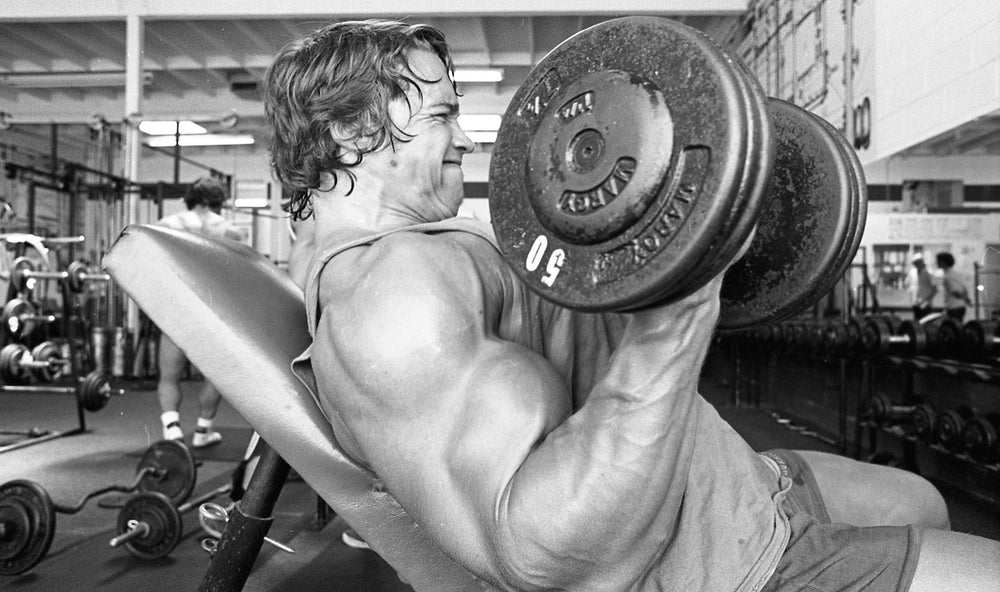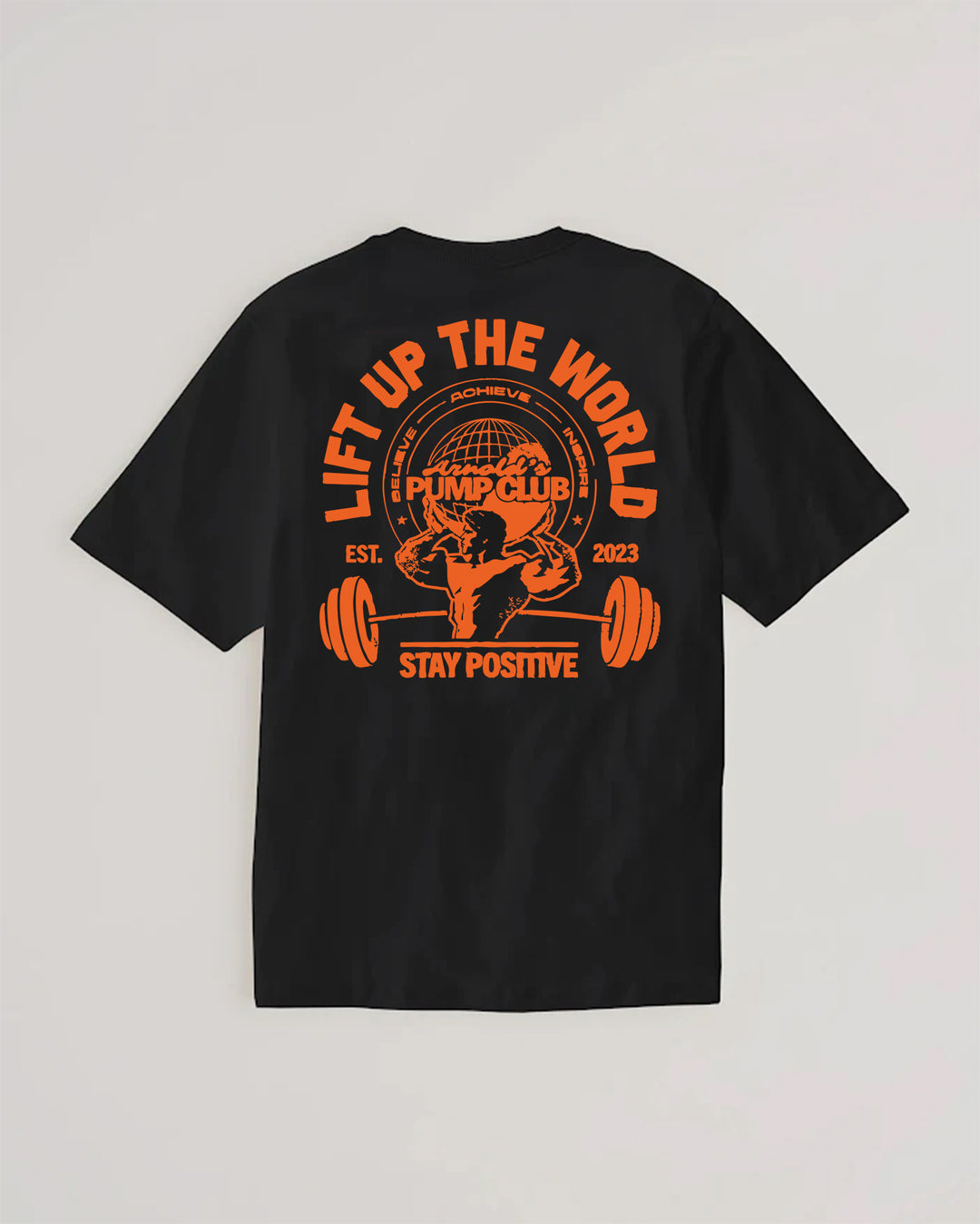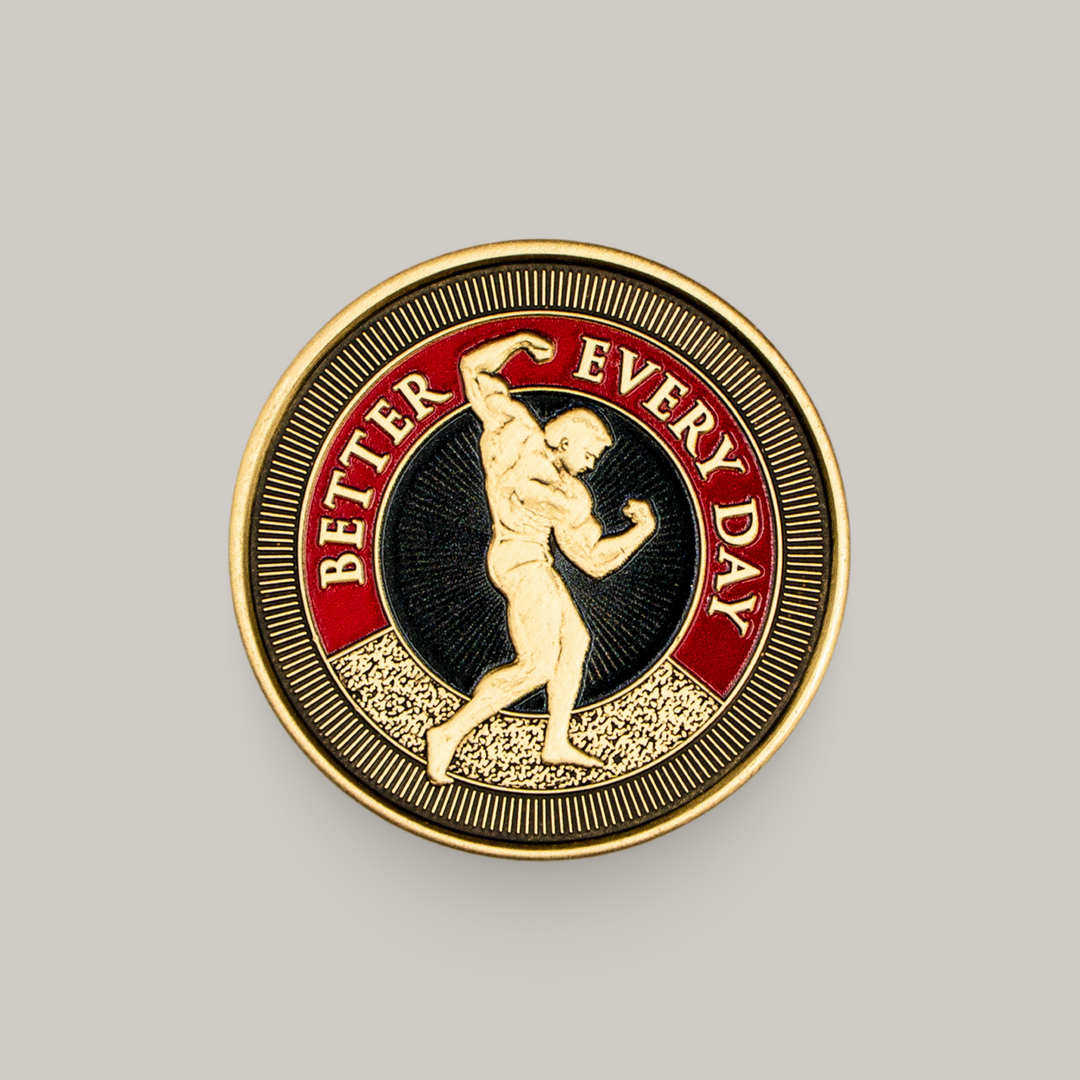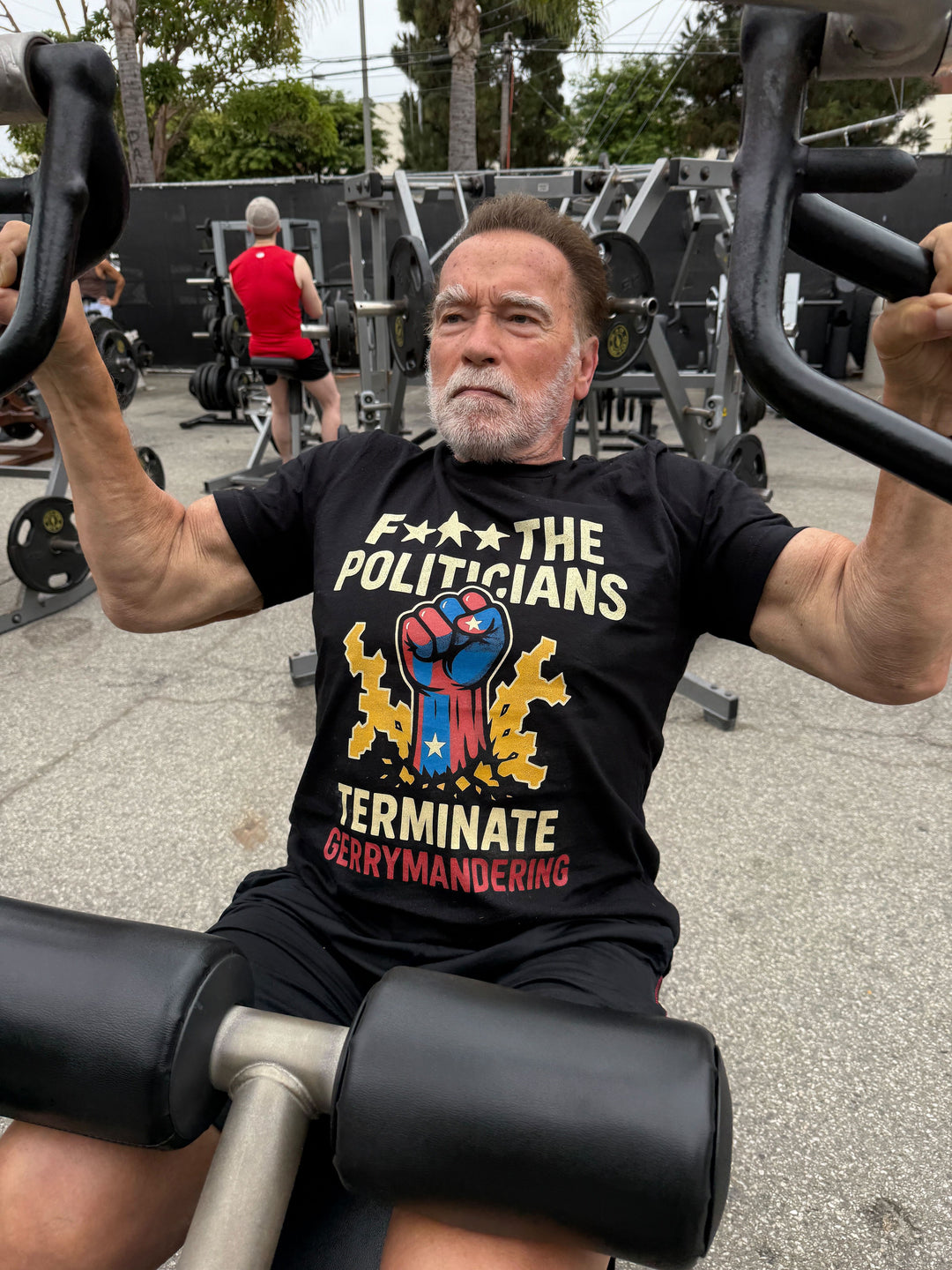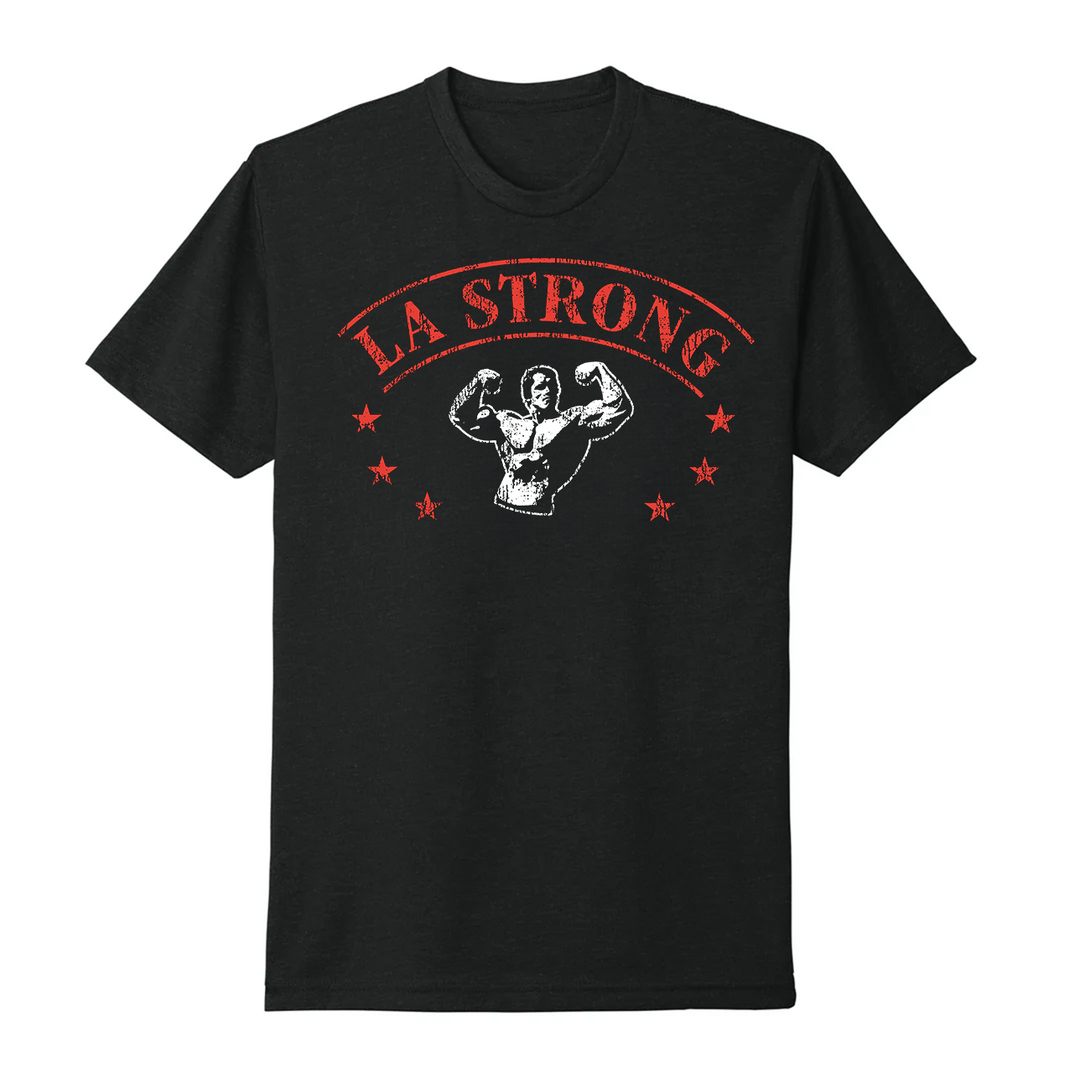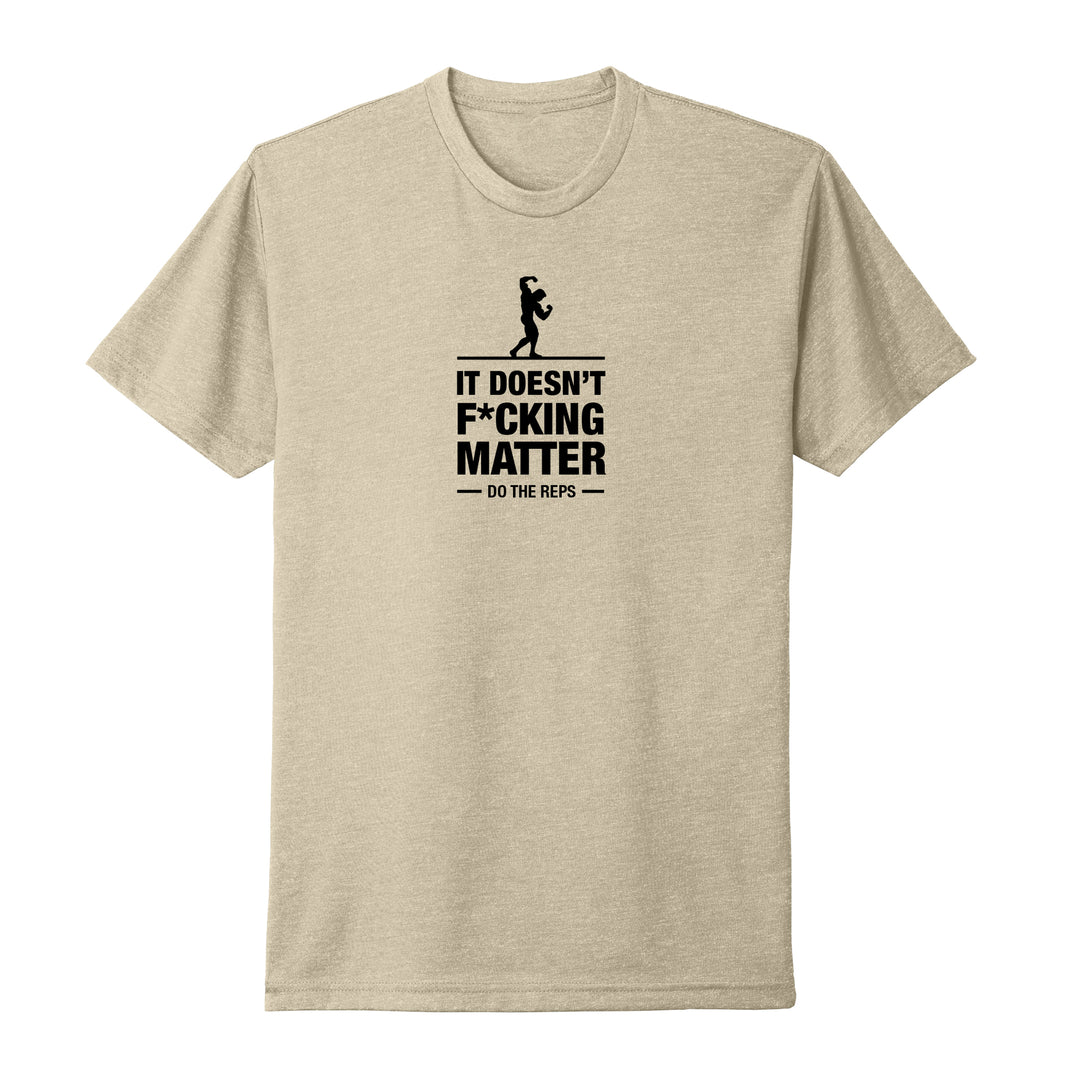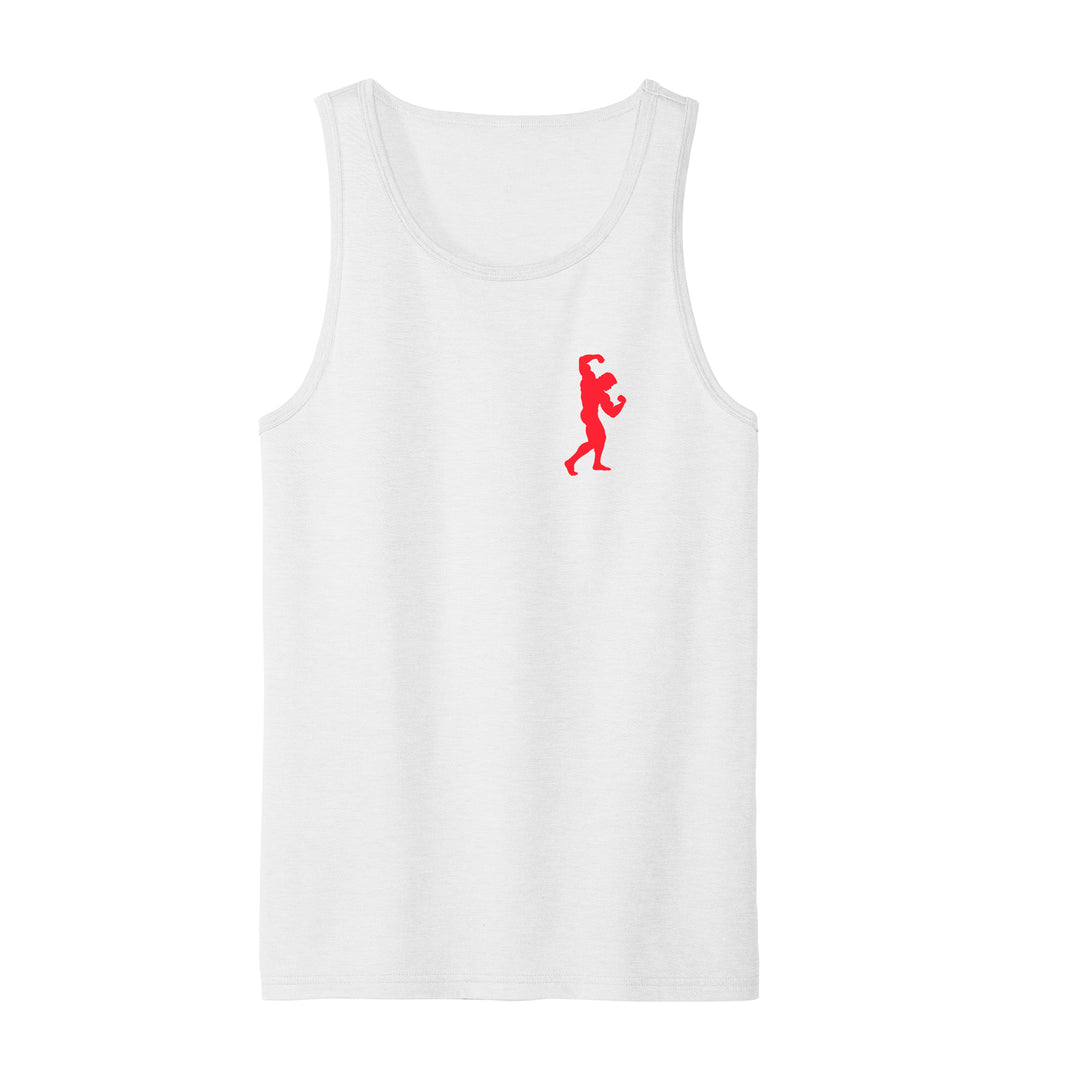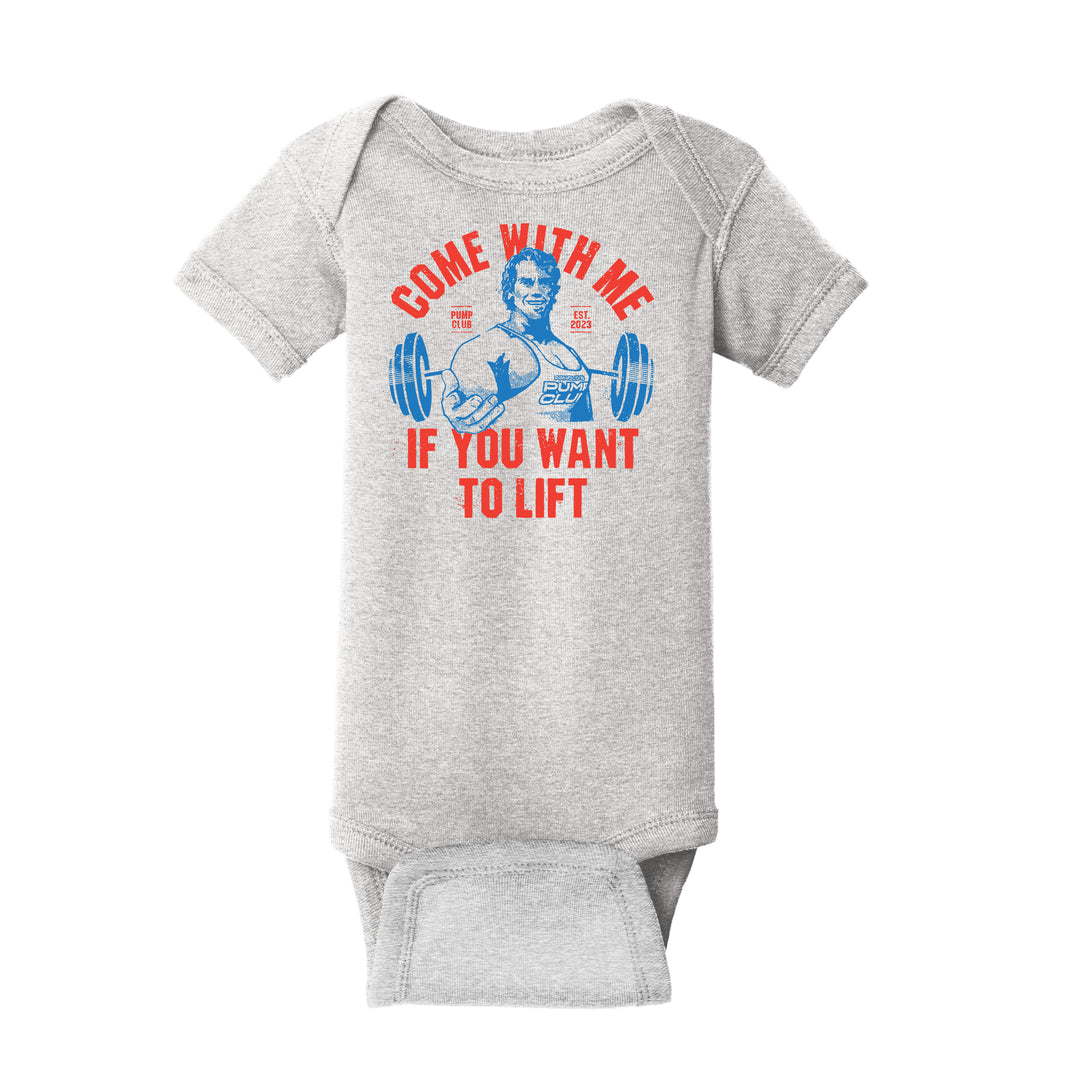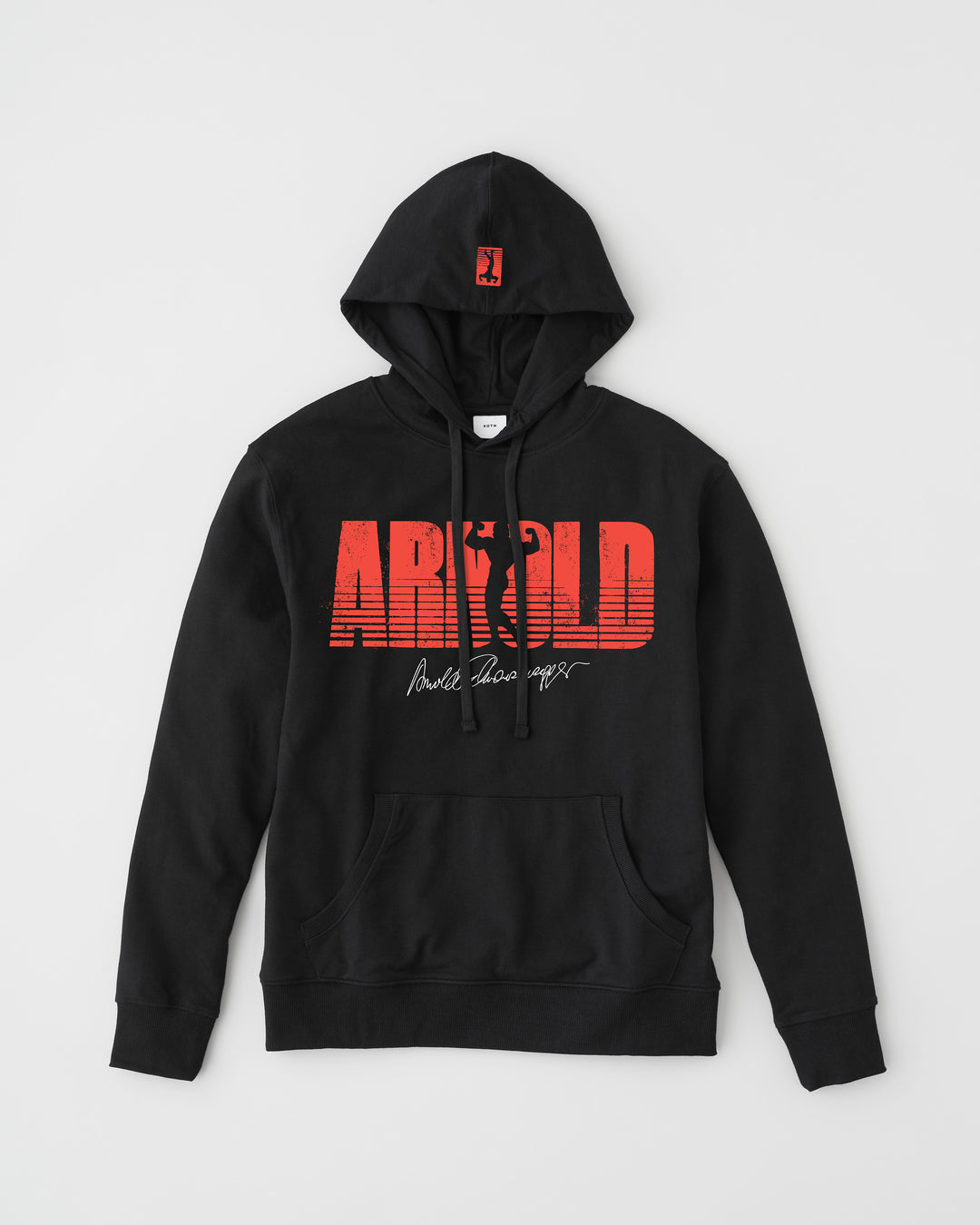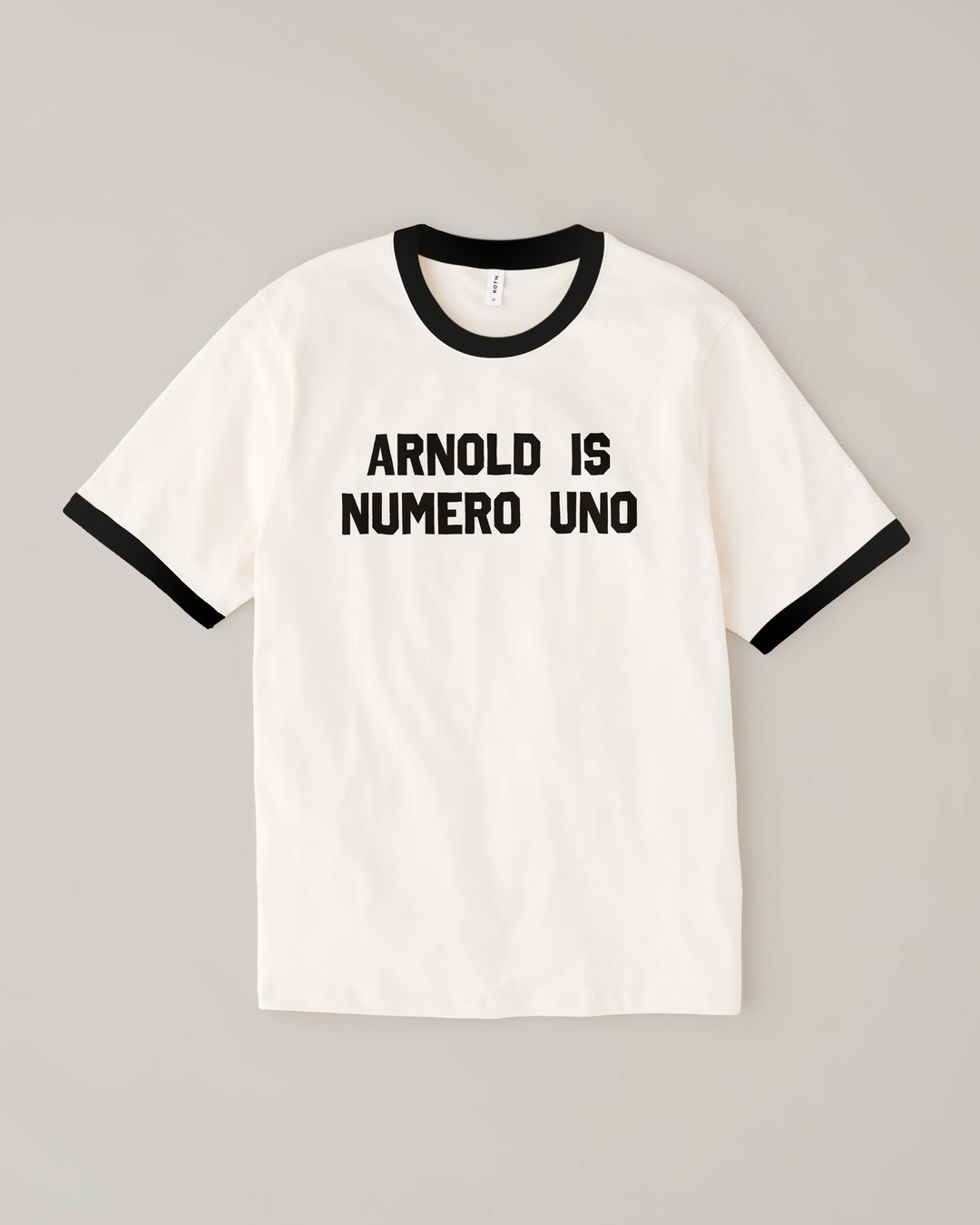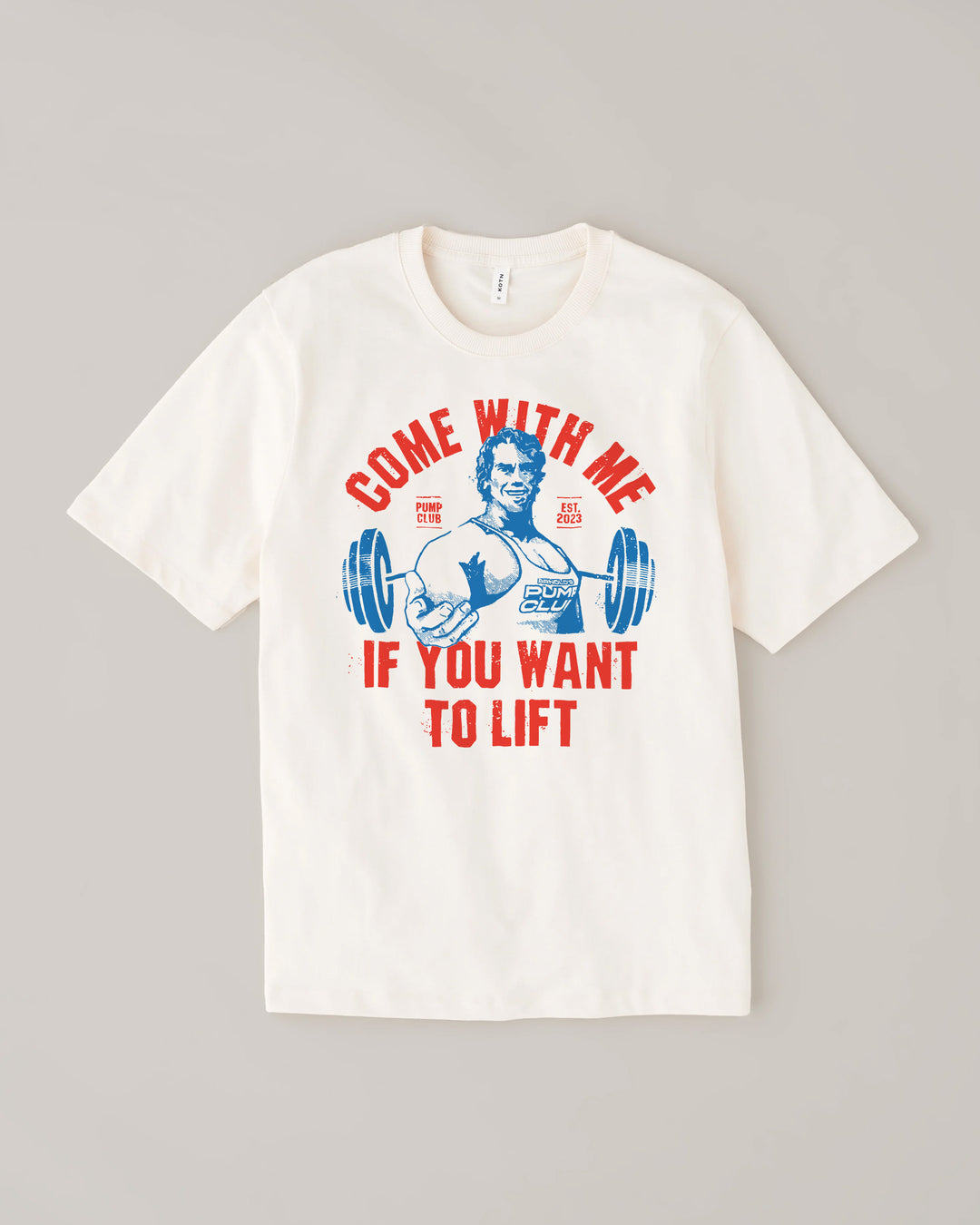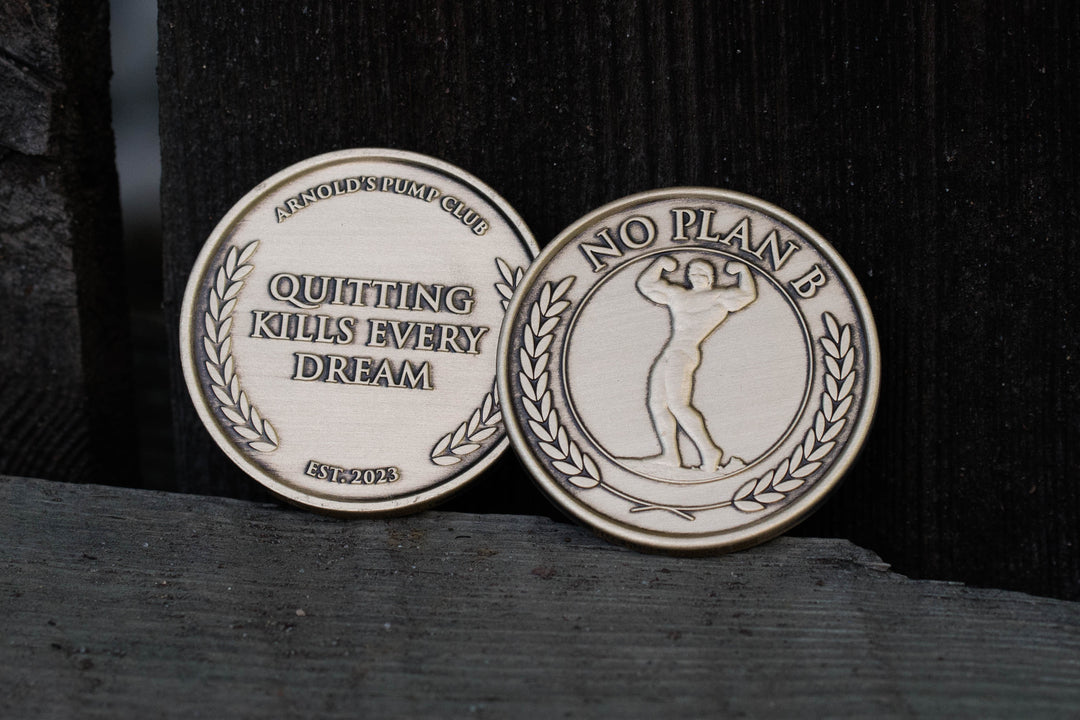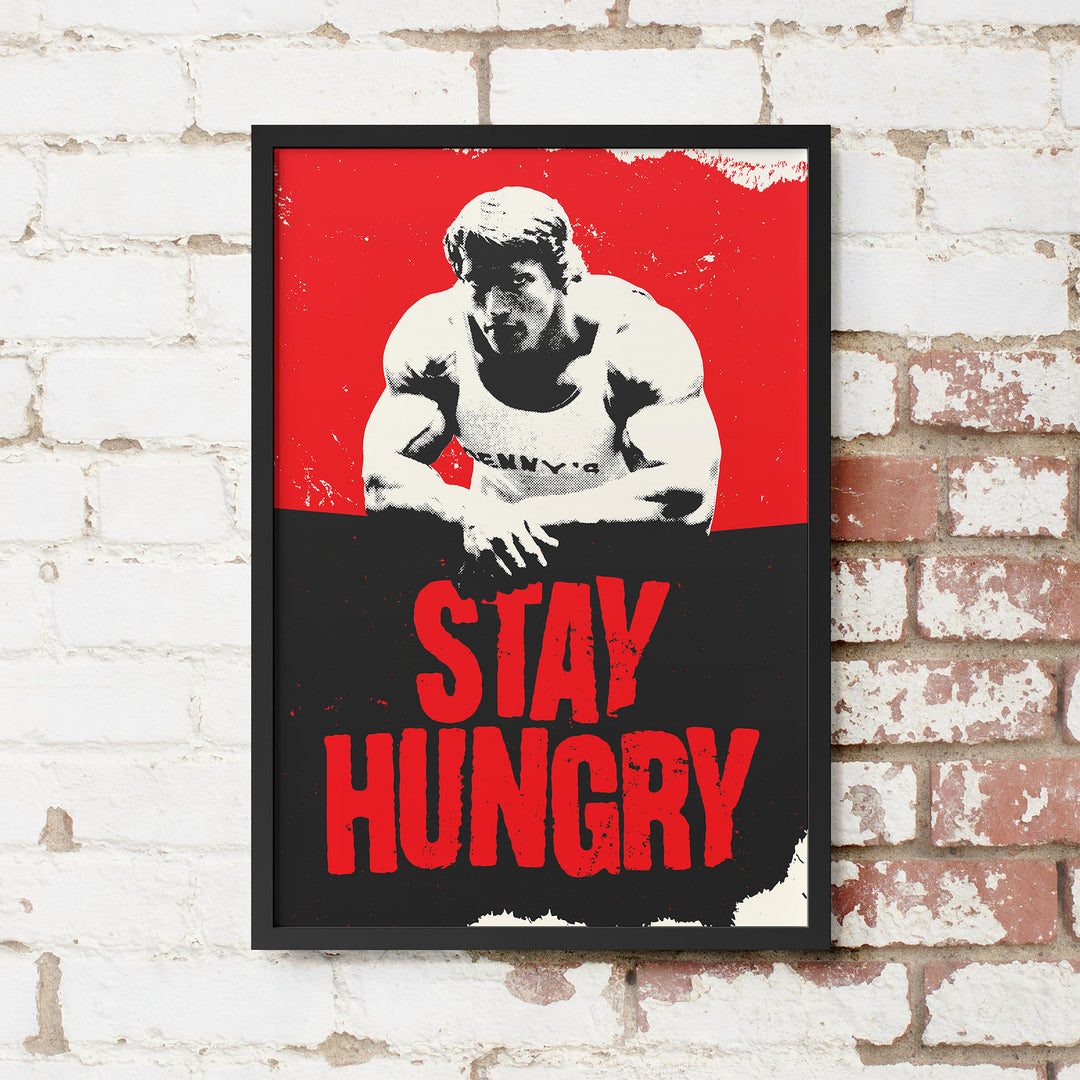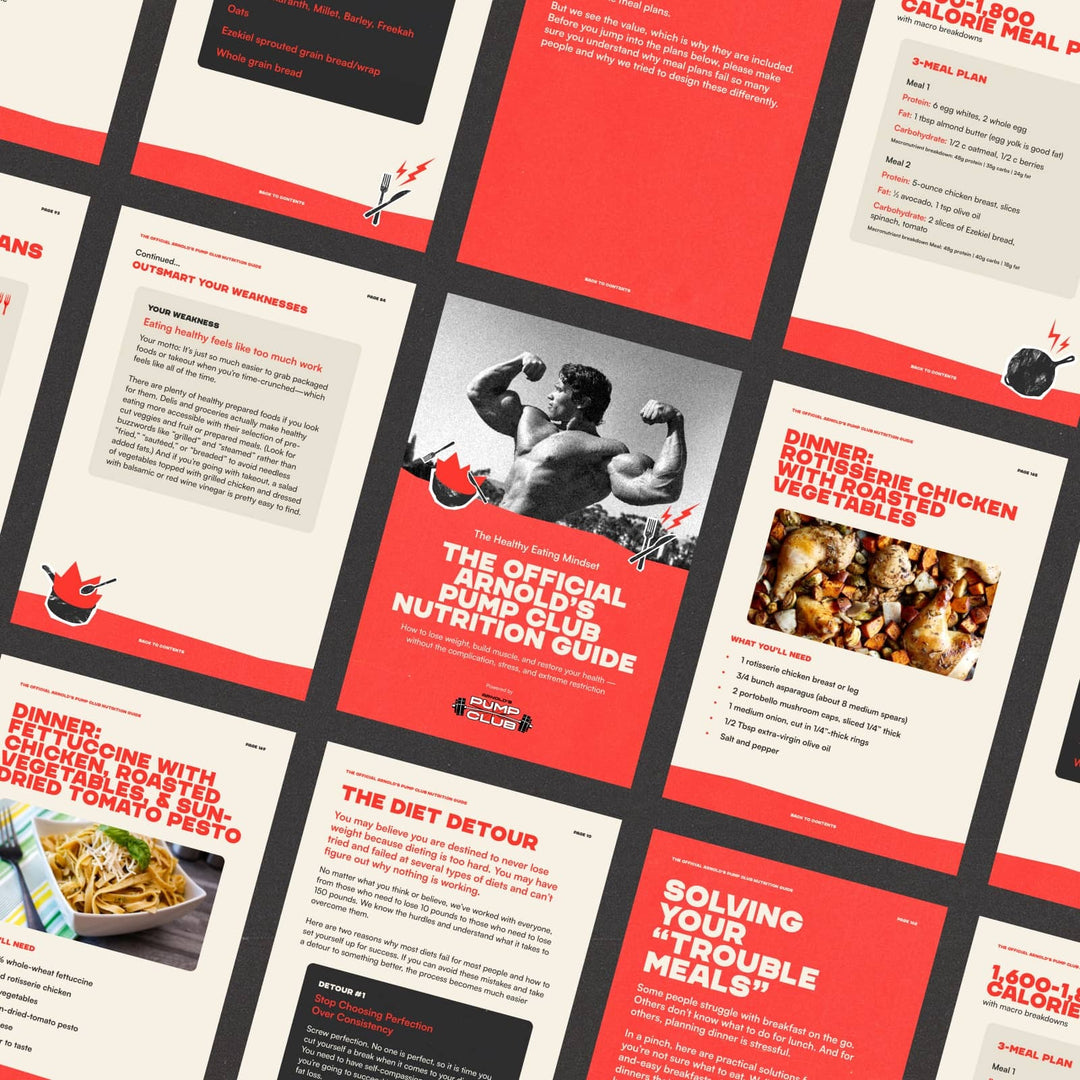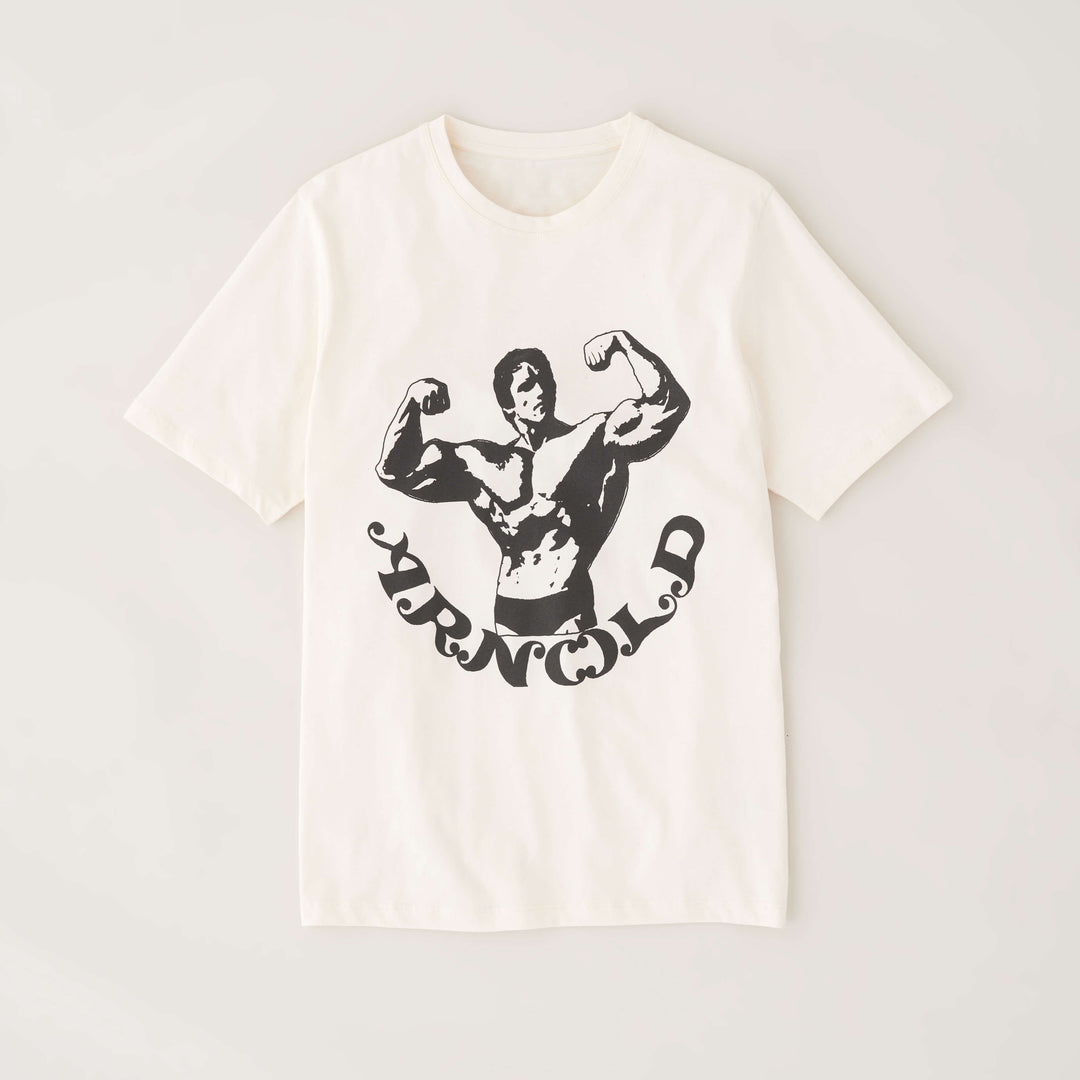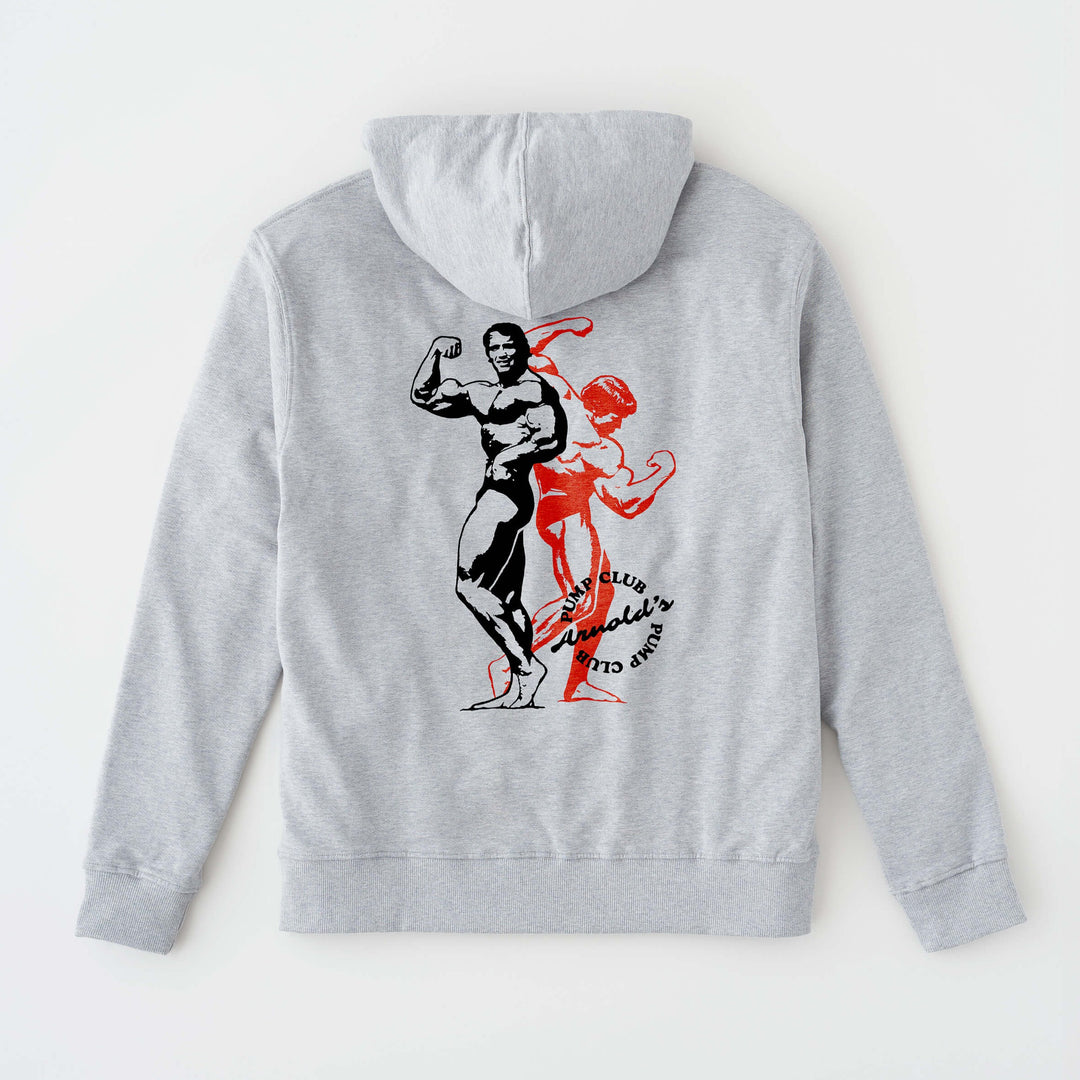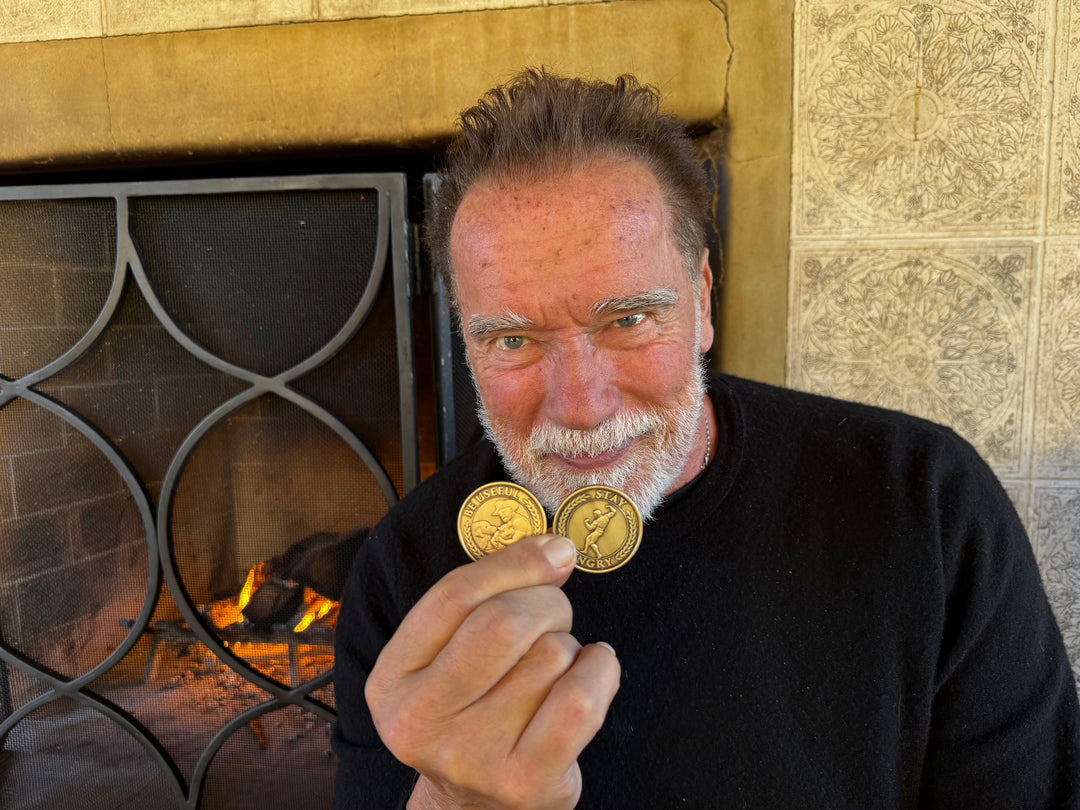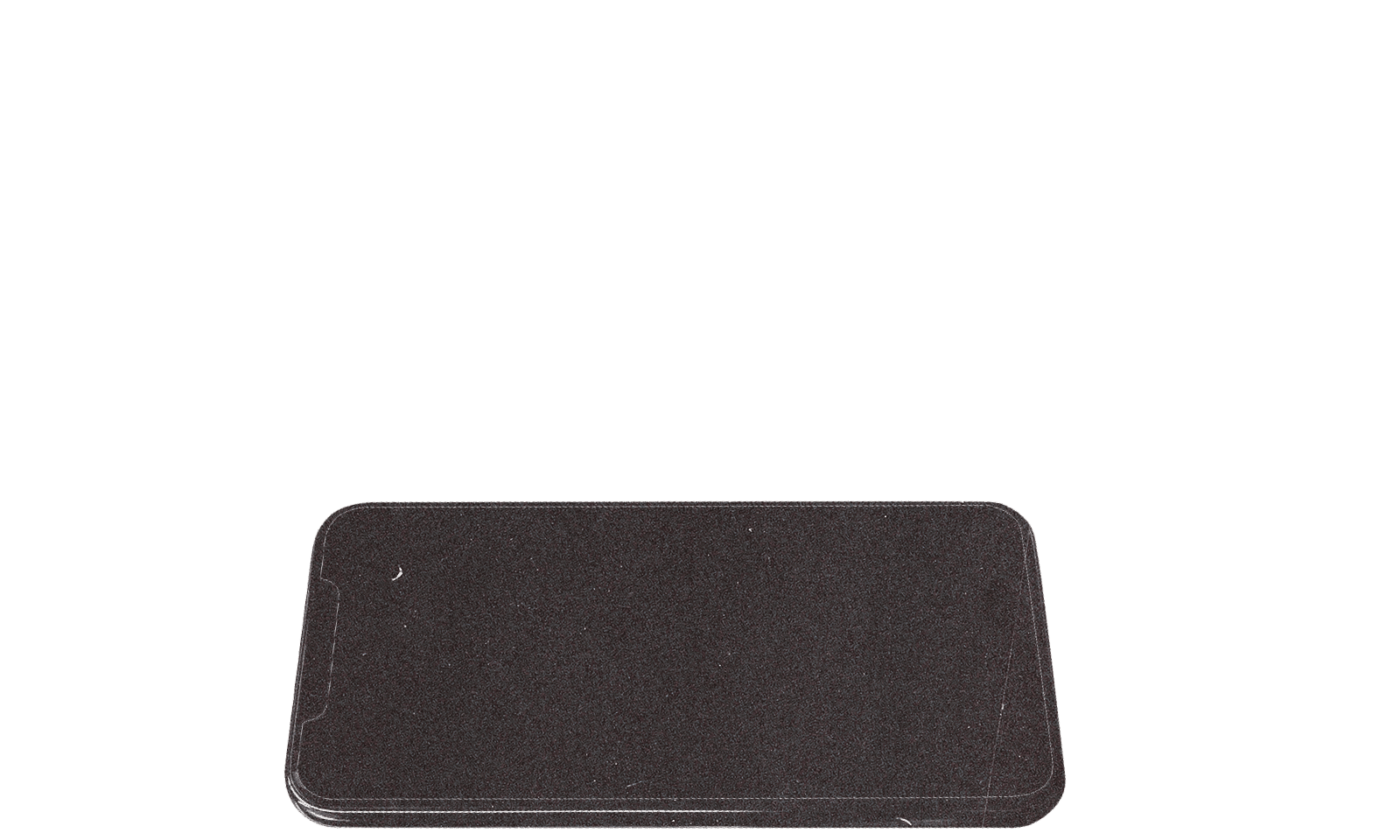Welcome to the positive corner of the internet. Every weekday, we make sense of the confusing world of wellness by analyzing the headlines, simplifying the latest research, and offering quick tips designed to make you healthier in less than 5 minutes. If you were forwarded this message, you can get the free daily email here.
Today’s Health Upgrade
Monday motivation
Can the right carbs help prevent dementia?
-
Workout of the week
Arnold’s Podcast
Want more stories from Arnold? Every day, Arnold’s Pump Club Podcast opens with a story, perspective, and wisdom from Arnold that you won’t find in the newsletter. And, you’ll hear a recap of the day’s items. You can subscribe on Apple, Spotify, Google, or wherever you listen to podcasts.
Arnold’s Corner: Monday Motivation
This week, I was inspired by Republicans and Democrats coming together, and I thought it might inspire you.
I went to an event to celebrate my friend, Governor Pete Wilson. I tell you that none of us are self-made and that we need to celebrate our mentors and the people who helped us.
I helped Pete campaign for Governor in 1992.
While we traveled around, he gave me a taste of politics, but he also gave me advice and became a mentor.
Pete wasn’t the type of politician who uses your support and then forgets you. He believes in building real relationships, and he ended up helping me more than I helped him.
When I told him we should create a Governor's Council on Physical Fitness like the President's Council on Physical Fitness I had chaired under President Bush, he immediately said, "Let’s do it, you’re in charge." We had the great California workout on the steps on the Capitol just like we'd done at the White House, and Pete and I had a pushup contest in front of everyone. I got to 30 and realized he was taking it seriously — Pete was a Marine.
When I wanted after-school programs for all the kids in California in 2002, Pete helped me by having his team work with me to write an initiative — Prop 49, that passed overwhelmingly and provided the funding our students need — over $500 million a year, so that all students in California can have access to these programs that keep kids safe and learning, increase graduation rates, and prevent crime and teenage pregnancy. Today, California spends more money on after-school programs than the other 49 states — combined!
And then, when I went on The Tonight Show to announce I was running in the recall against Gray Davis, even though I didn't tell a single person before I told the world, when I got home, there Pete was in my living room, ready to help. He said, "That was fun, but now it's time to get to work." He brought his team together and helped me find the best experts to help me with policy.
When someone does that much for you, it's important to celebrate them.
What really inspired me about the celebration was that we did something you don't see very often in politics these days.
There were me and Pete, two Republicans. But Governor Gray Davis was also there to celebrate him, along with Speaker Willie Brown, who had negotiated and battled with Pete as Speaker.
Two Democrats.
We had all had our battles. I ran against Gray.
But we still respect each other. We are still friends. I think that probably shocks people who are used to the politics of today. Gray and I go to lunches together. He has spoken at my institute more than any other speaker besides me!
Willie, Pete, Gray, and I realize that politics might mean we disagreed about the best thing for the people, but we also recognize that we all wanted what we thought was best for the people, and we worked around our differences to find common ground.
We didn't see each other as the enemy like everyone does in Washington and all over social media today. I just think things have gotten crazy in politics, and people can no longer even stand to be in the room with someone from a different party. So here in California, people from both sides coming together to eat lunch and give speeches pumping up Pete shows you that another way is possible.
You don't have to give in to what the parties and the social media companies and the media want — the constant fighting, the nastiness, the lack of respect. That’s their game. We can choose not to play it.
In fact, from what I've seen in Washington, when you give into the partisan game, you don't actually do anything for the people. You end up with no wins to show for your work besides winning your campaign because you can never meet in the middle where compromises are made and policy gets written.
For decades now, politicians from both parties have used the debt and immigration as election issues. They yell about them, but have you noticed they haven’t actually done anything? No matter who is in charge, we haven’t seen the comprehensive immigration reform we need, and the debt just keeps going up and up.
That’s what happens when you think the job is to fight and create sound bites to win your own election instead of winning for the people. It’s what happens when you lose respect for each other, so you can’t sit down and do the hard work of governing.
At our lunch, I saw the opposite. I saw Democrats and Republicans who had made the hard choices during recessions to balance the budget in California.
I saw politicians who respected each other enough to work together and build friendships that have lasted long after our terms ended.
We need to find ways to come together like all of us did this week. Your fellow Americans — or your fellow humans, no matter where you are — are not the enemy. They might have different ideas. That doesn’t mean they are evil or undeserving of our respect.
We all have the power to be passionate about our principles and policies without being nasty.
The only ones who benefit when we decide to play the partisan games are the party hacks, the social media kingpins, and the media companies.
I’ll leave you with the wisdom of President Lincoln:
“We are not enemies, but friends. We must not be enemies. Though passion may have strained, it must not break our bonds of affection. The mystic chords of memory will swell when again touched, as surely they will be, by the better angels of our nature.”
Can Carbs Help Protect You From Dementia?
No one thinks of fiber as a cutting-edge diet strategy. It’s great for digestion, helps keep you fuller, and improves gut health. But new research might finally change your perception of the carbohydrate that’s as old as time.
A recent study suggests that increasing your dietary fiber could lower your risk of dementia, making fiber one of the most powerful tools for your body and mind.
Researchers tracked nearly 4,000 adults, monitoring their dietary fiber intake and the occurrence of dementia over 20 years.
The researchers focused on soluble (found mostly in oats, nuts, seeds, legumes, and fruit ) and insoluble fiber (found mainly in whole grains, potatoes, and vegetables) and compared dementia rates across the different fiber intake levels, adjusting for other factors like age, gender, smoking status, and physical activity.
The group that ate the most fiber had a 26 percent lower risk of dementia than the group that ate the least. And while both types of fiber are important, soluble fiber showed a particularly strong connection to reduced dementia risk, meaning that people who ate more foods like oats, apples, and beans had the best outcomes.
It’s hard to draw direct cause and effect from studies like this, but that doesn’t mean the results are pure coincidence or only because healthier people tend to eat more fiber.
Fiber helps improve your gut bacteria, and other studies suggest that healthier microbes in your gut can help reduce brain inflammation and prevent the onset of dementia.
Or, it might simply be that people who eat more fiber are more likely to maintain a healthy weight and have lower blood pressure, lipids, and blood sugar levels — all of which are associated with a lower likelihood of dementia.
As a goal, aim for at least 25 to 30 grams of fiber per day. To add more soluble fiber to your diet, eat beans, lentils, edamame, chia seeds, raspberries, Brussels sprouts, avocados, sweet potatoes, flaxseed, and oatmeal. If you want an easy boost, add psyllium husk to your protein shake.
Workout of the Week
We’re bringing back the most popular workout we’ve shared — but with a slight twist.
“The Countdown” was one of the first workouts we shared, and it continues to be requested with new variations. And that’s exactly what you’ll get today.
The workout consists of two exercises that you perform back-to-back, resting as little as possible. The goal is to focus on good reps on every set. Use the chart below to adjust the workout to your skill level.
How to do it:
Set a timer to see how quickly you can complete this workout.
Perform the starting number of reps of the first exercise (use the chart below to customize your experience level, as beginners will do a different number of reps than advanced).
Then, perform the starting number of reps of the second exercise (again, use the chart below to determine how many reps you should perform).
After you complete the second exercise, with as little rest as possible, return to the first exercise and do one fewer rep than your first set. (Example: if you did 10 reps on the first set, you’d do 9 on the second.)
Then, do another round of the second exercise and do one fewer rep than your first set. (Just like pushups, if you started with 10, then you’ll do 9.)
Continue alternating exercising and descending by one rep until you only perform only one rep of each exercise.
Customize the Workout to Your Ability
Select your experience level and do the number of recommended reps.
Advanced (5 years of training or more): Start with 15 reps of each exercise.
Intermediate (~2 years of consistent training): Start with 10 reps of each exercise.
Beginner: Start with 5 reps of each exercise
For example: If you’re doing the advanced workout, you would do the following:
15 reps of first exercise + 15 reps of second exercise
14 reps of first + 14 reps of second
And continue dropping by 1 rep each round.
By the time you complete the final rep of each, you’ll have performed 120 pushups and 120 lunges. And your body will feel it.
Selecting The Exercises
You have two ways of structuring this for endless variability.
Option 1: Full-body workout
If you want to torch every muscle in your body, pick one lower body movement for the first exercise and one upper body movement for the second. For example, you could do bodyweight squats (lower body) and pushups (upper body), or you could pair lunges (lower body) and pullups (upper body). You could also do it with weights and combine a deadlift (lower body) with a shoulder press (upper body).
Option 2: Upper body or Lower body (Focus on opposite muscles)
You can also get more specific and only focus on one part of your body. The key with this variation is not to work the same muscles with both exercises. For example, if you only want to work your upper body, you could combine a bench press (chest) with a row (back). Or you could do your biceps and triceps. The same idea for your lower body. You could combine a squat (front of legs) with a Romanian deadlift (back of legs)
Whatever you choose, remember to pace yourself and don’t underestimate the difficulty of this workout. It’s a lot of reps, and each set gets progressively harder.
Good luck!
—
Publisher: Arnold Schwarzenegger
Editors-in-chief: Adam Bornstein and Daniel Ketchell




